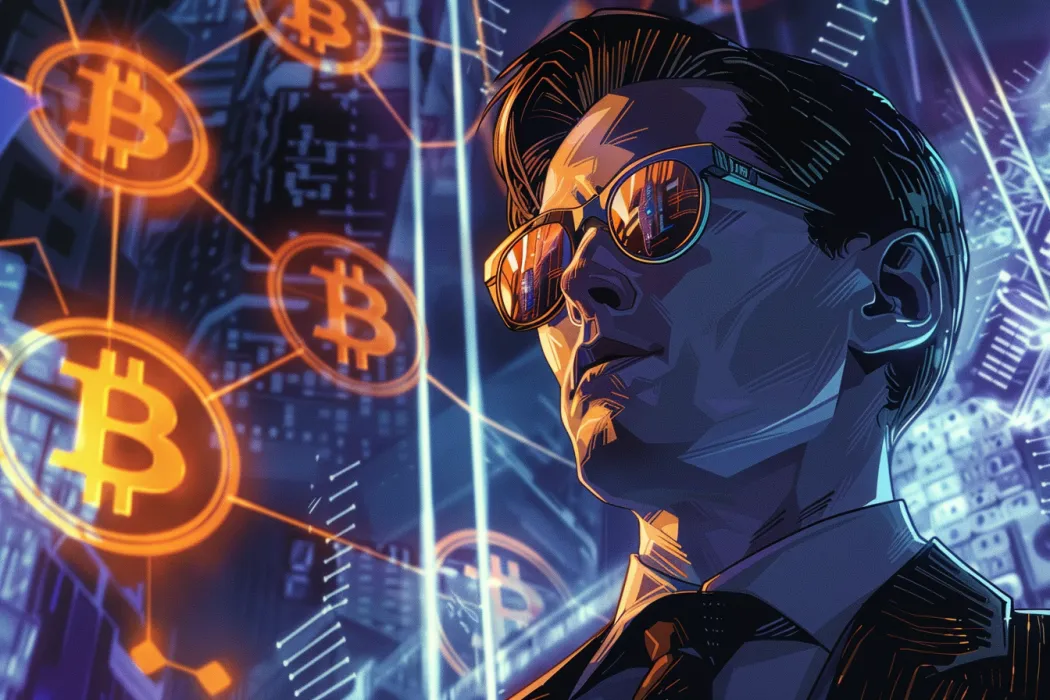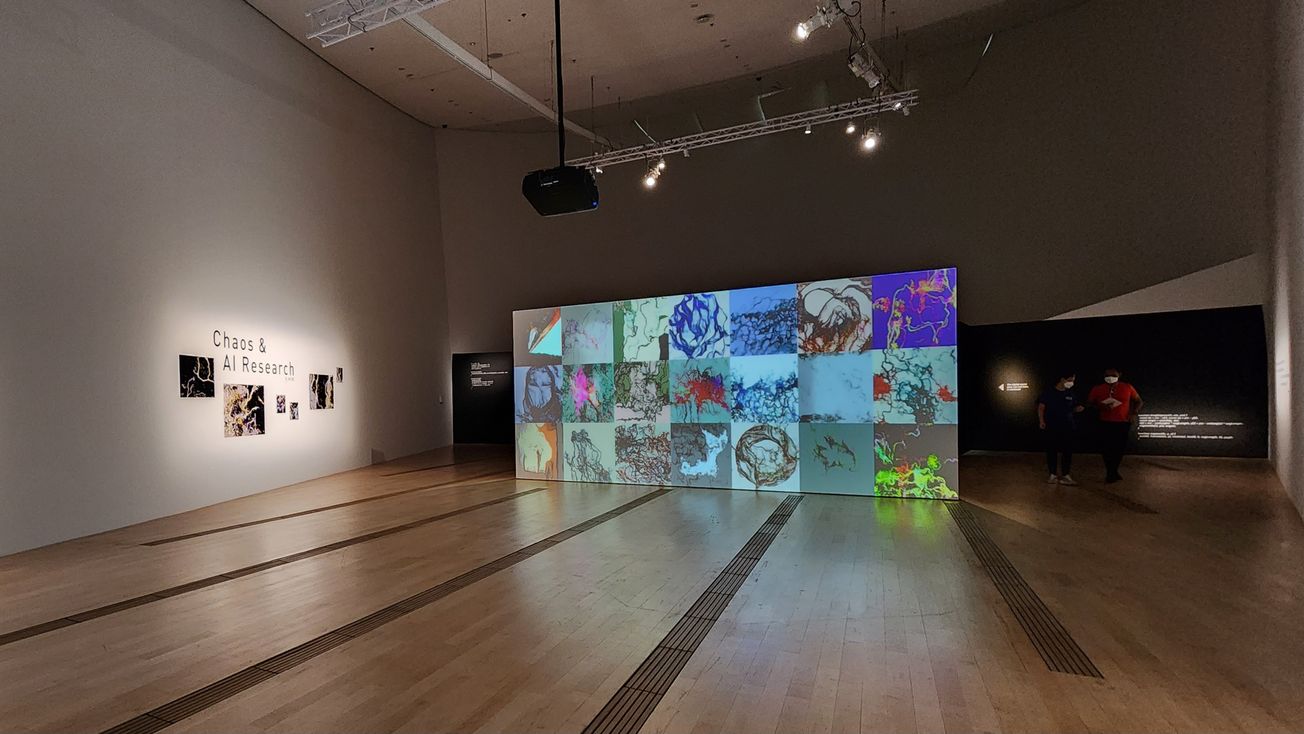Table of Contents
More than Bored Apes and uninspired profile pictures, non-fungible tokens (NFTs) offer a solution to art’s age-old problems of gatekeeping and the art industry’s uneven playing field. But understanding NFTs requires a fundamental reassessment of how value is created, and what it means to “own” art at all. I spoke with two artists, Jonathan Liu and Lenne Chai, on their opinions on NFTs and how they might revolutionise the art scene across the world.
When the three letter acronym “NFT” appears online, the terms “scam”, “Ponzi scheme”, and “money laundering” are often not too far away. The introduction of the technology has spawned countless memes poking fun at the technology, such as the infamous “right-click and save” meme and comparisons of screenshotting NFTs to piracy. Artist Geoffrey Huntley took the meme a step further by creating a website titled “The NFT Bay”, which many immediately claimed as proof of victory over the technology, given one could “steal” them with just a click of a button.
These memes reflect the general disdain held by many towards NFTs. If crypto is magical Internet money, then NFTs are magical Internet JPEGs worth little to nothing that people are somehow willing to throw millions of dollars at. To many, NFTs are exclusively the Bored Apes and Lazy Lions that many carry as their profile pictures, many of which have been bought up by the rich and famous. The uninspired nature of the artstyle, which has dozens of iterations sold, reinforces the idea that, rather than being a means for artists to sell their art to a wider audience, NFTs are just another attempt by the wealthy to line their pockets out of thin air.
Beyond the smoke and mirrors of collectible NFTs, however, artists have come together to build communities on Twitter and Discord where this technology is being applied in a revolutionary manner: art is finally being bought and sold beyond the barriers of traditional institutions, bringing consumers and artists closer together than ever before. And amidst a Singaporean art scene that has seen the fall of safe spaces for art to flourish, a growing digital art scene is, perhaps, what is desperately needed.
The Broke Artist: A History
In a speech to students at the National University of Singapore in 1968, then Prime Minister Lee Kuan Yew remarked, “Poetry is a luxury we cannot afford”. The now-famous line continues to reflect attitudes towards art in modern Singapore, which struggles to hold its own in the free market, often needing to rely on government grants, like those of the National Arts Council (NAC).
Art institutions and galleries continue to act as gatekeepers for independent artists and art collectives, whose art has to fit into these organisations’ agenda of growing the arts, especially in the case of publicly funded institutions. Most recently, The Substation, Singapore’s first independent contemporary arts centre, closed down after NAC’s decision to delegate it as a co-tenant of its 45 Armenian Street venue, effectively forcing it to give up control over key parts of the building and erasing its cultural heritage and identity. In some art galleries, artists may have to give up as much as 50 percent of their profits, if their art is even approved for display in the first place.
“I really empathise with new artists starting out”, said Lenne Chai, a long-time professional photographer whose work has been featured in editorials such as Vogue and Harper’s Bazaar. “You really need to have the right connections and levels of access to get into the traditional art scene, and it’s not a privilege available to everyone.”
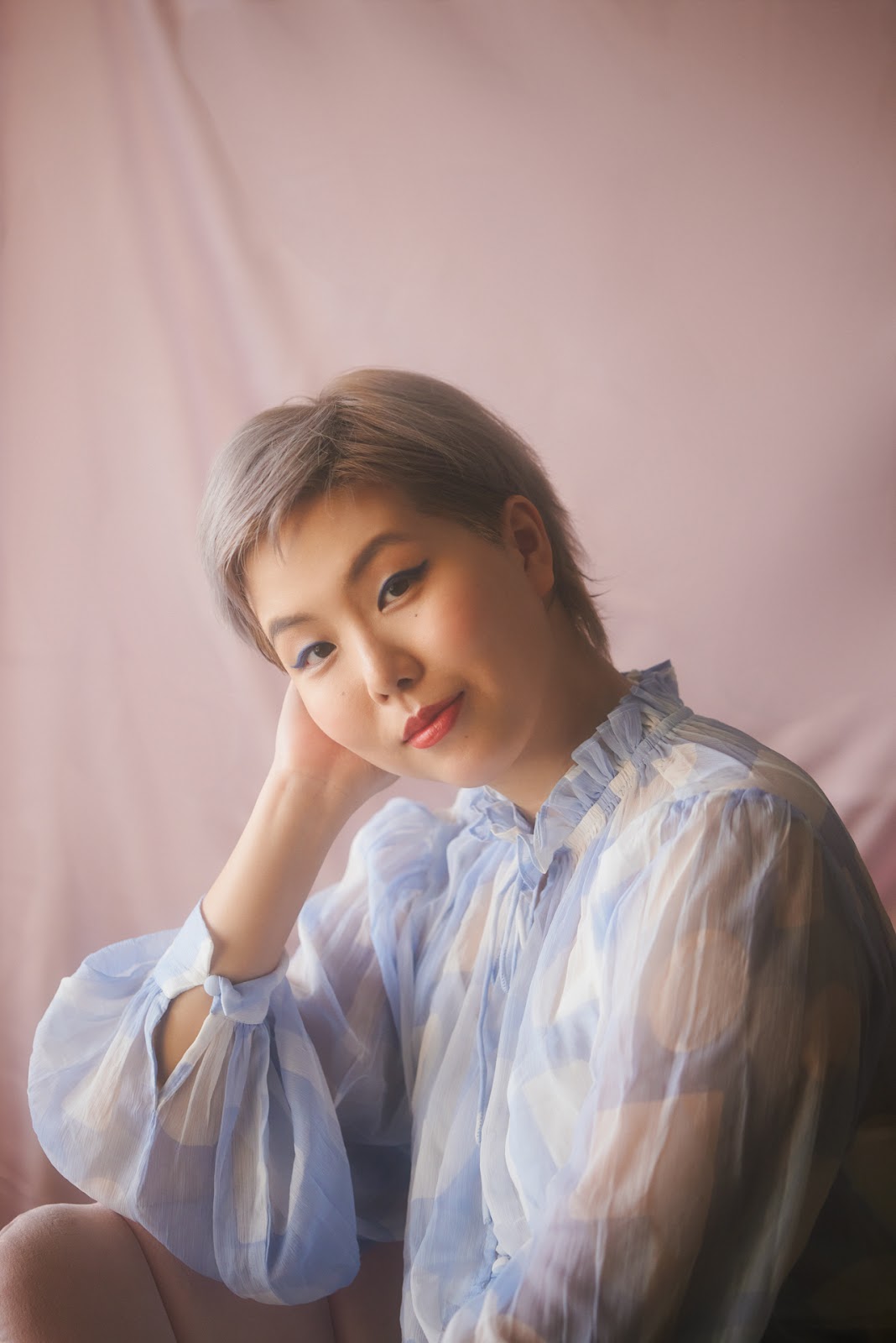
Chai recently minted and sold her first NFTs with Obscura DAO: a set of photographs featuring Jonathan Liu, a visual artist and lecturer at Lasalle College of the Arts, and several other co-founders of NFT Asia, a collective meant to support and connect Asian and Asia-based NFT creators.
Its discord server currently has over 3k members, who frequently chat over projects and new ideas, as well as activities such as a weekly game night and pitch practices for new artists to practice presenting their work. The casual nature of the server and its day-to-day discussions differ from the more formalised academic discussions surrounding art in the traditional world, giving the space a warm atmosphere that invites anyone to share their art and ideas to the world.
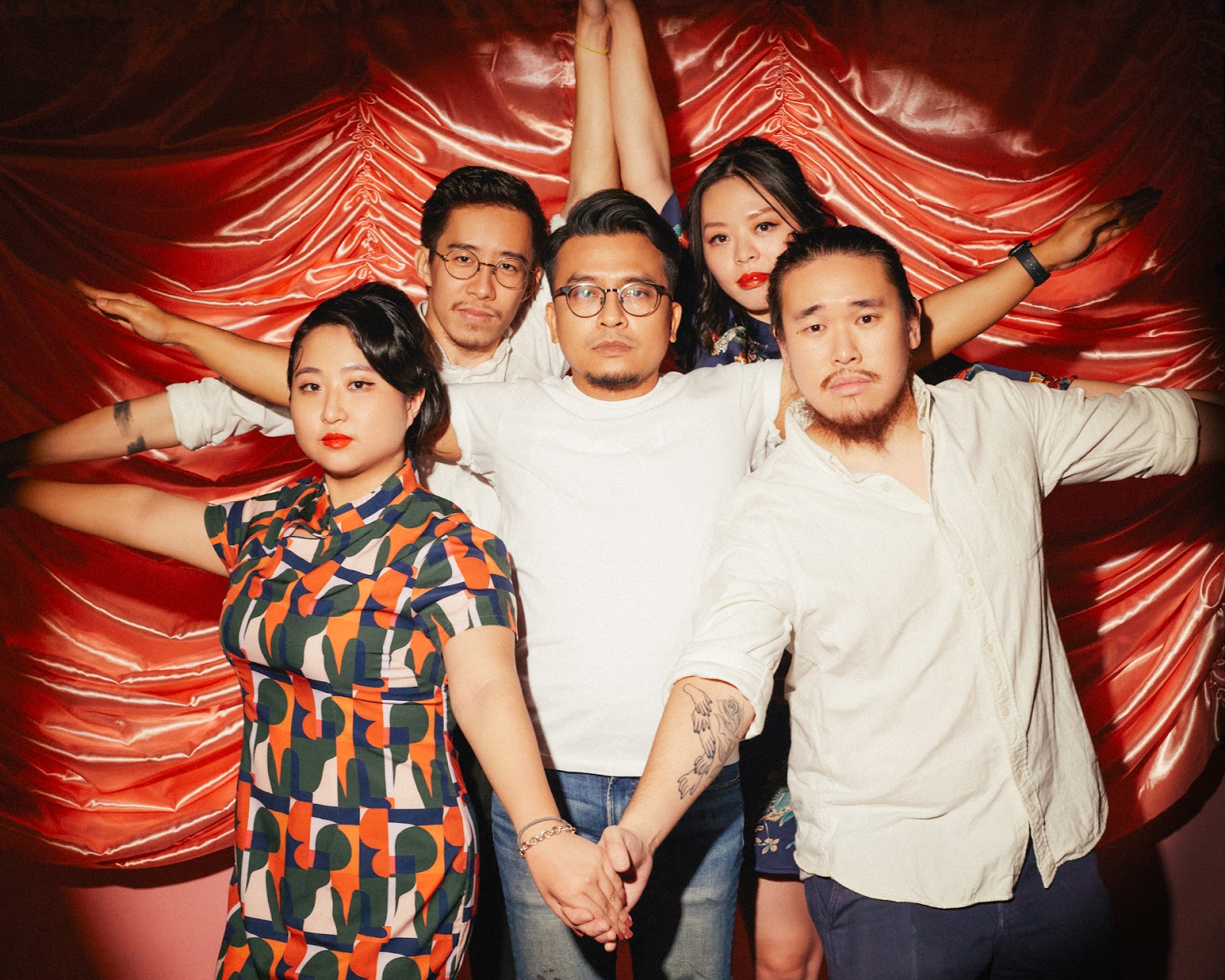
The Free Market Made Free-er
Apart from the Covid-19 pandemic fragmenting the physical art world, artists like Liu have longed for an art scene with fewer gatekeepers where artists can express their work more freely. “Sometimes my art may not be institution-friendly”, he explained, “but I still wish to put my art out there. Just because it doesn’t fit into a certain mold, doesn’t mean it shouldn’t exist”.
This is where NFTs come in. Minting digital art on the blockchain allows artists to bypass traditional gatekeepers and connect with their audience directly while attracting a wider net of buyers across the web. Artists no longer have to go through an established middleman in charge of approving their art and taking commissions for it.
“I feel a greater sense of agency over what I make and how I wish to market it”, said Liu, who works and experiments with photography, which he mentions has not been regarded in the fine art world up until recently.
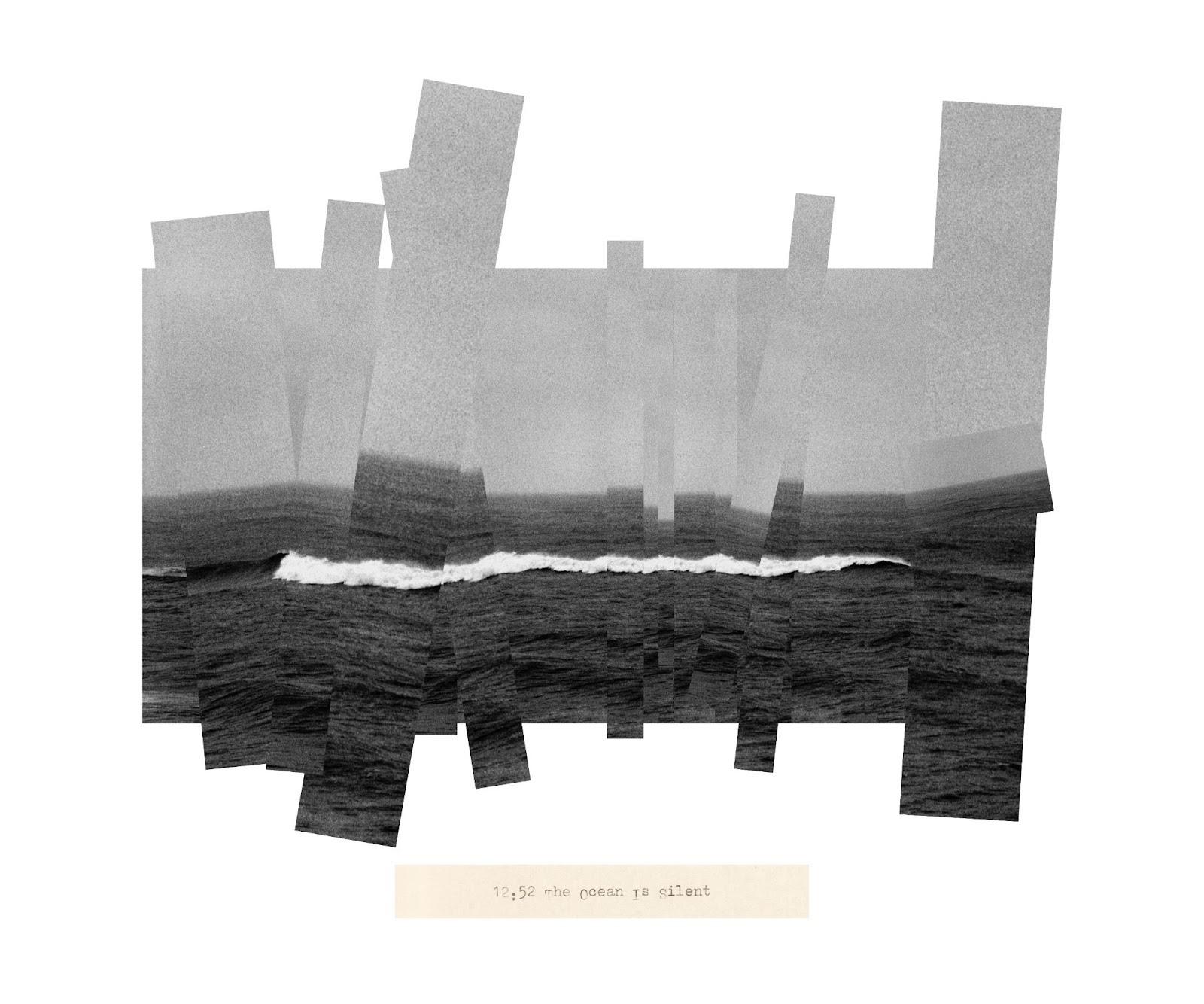
“This is not to say that traditional institutions are wrong for curating in the way they do, because they exist to keep and present a level of curation that fits in with certain themes and agendas. NFTs are simply a new medium that presents artists with alternative places to sell their work alongside the traditional art market”, Liu added.
Certainly, the art in the NFT space reflects more modern tastes, as artists experiment beyond static canvases, utilising the additional tools of sound and motion at their disposal. Artists like Zannen Pixel illustrate visions of a Cyberpunk future with a Junji Ito influence, while Zenavi’s trippy visuals crossed with lo-fi music make for an ethereal art experience. Photographer Shavonne Wong ventured into Blender to create rotating photographs of virtual models in a three-dimensional space, making for some vastly intimate and experimental works that feel like an extension of her professional photography.
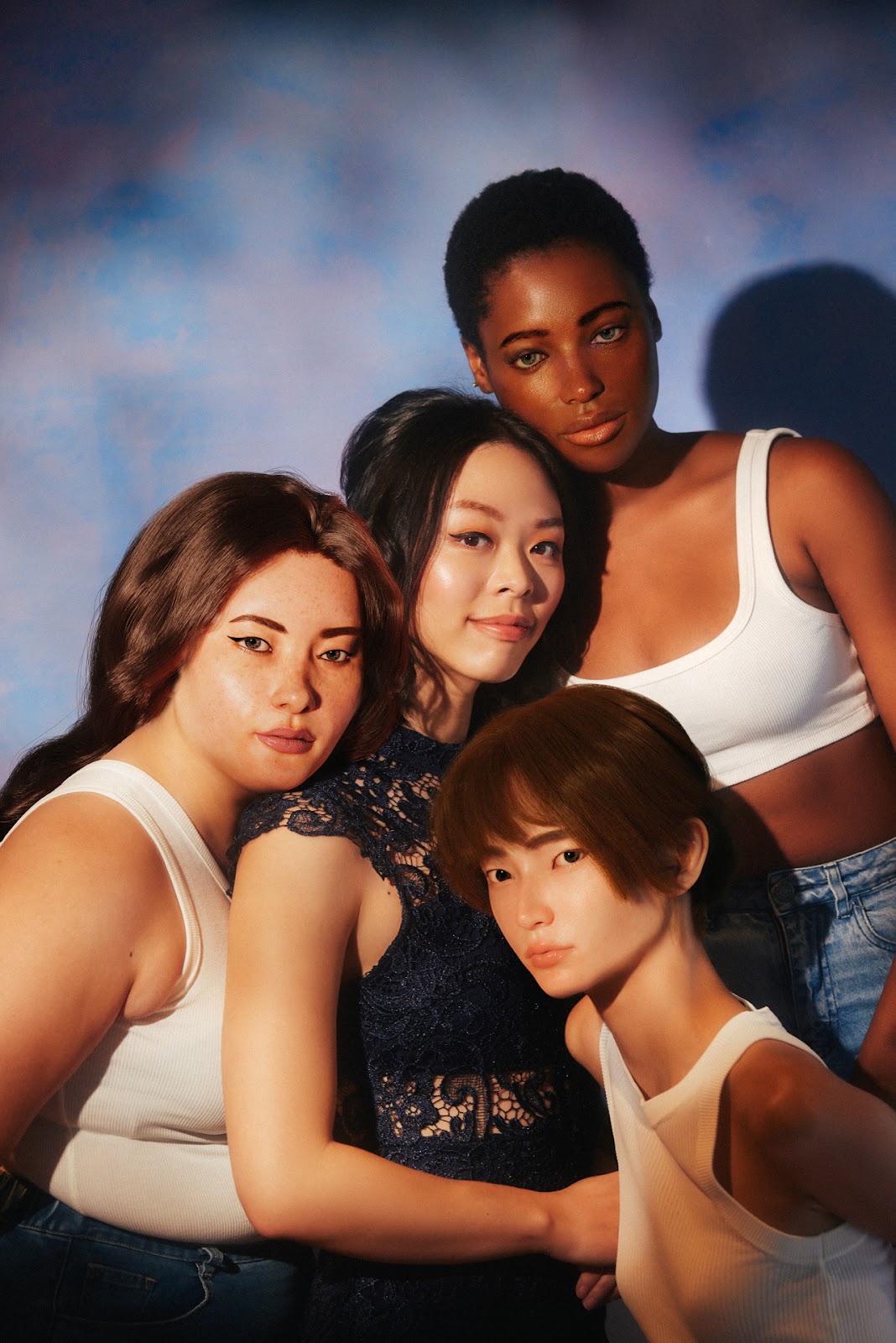
Many of these works dare to experiment beyond the boundaries of what is “mainstream” or “consumer-friendly” precisely because of the lack of clients or stakeholders present in the process. Instead, artists are free to decide what their art should be like on their own terms, allowing them to truly let their creativity loose and make art beyond conventional markers.
A Speculative Asset Or Something More?
While many artists have turned to NFTs as a way to sell their artwork, much of the media attention on NFTs typically surrounds collectible NFTs (also referred to as “PFP” or Profile Picture projects), such as the Bored Ape Yacht Club (BAYC) and Lazy Lions. These NFTs come with unique perks, such as access to an exclusive Discord server, free drops of new NFTs, and even a graffiti wall. These assets are often traded rapidly in hopes of being “flipped” by their holders for profit.
Collectible NFTs continue to dominate the discourse surrounding the technology, with big dollar values and memes overshadowing smaller creators and fundamentals. And as exciting as it was to discuss the amazing work created by artists in the space, I could not help but ask Liu if NFTs are really just about money, with art as a facade.
“In any art market, financial speculation will always be present”, Liu said matter-of-factly. “Certainly, the NFT landscape is currently quite speculative, but these problems already exist in the traditional art scene”.
Many point to Beeple’s Everydays: the First 5000 Days selling for US$69 million as a sign that NFTs are pure speculation, ignoring the fact that the traditional art world already has its own fair share of expensive, mind-boggling pieces, such as Robert Ryman’s US$20 million untitled all-white painting. “Expensive art isn’t a problem per se, but wash trading and money laundering is, and it’s a problem that isn’t exclusive to the NFT space, but exists in the art world in general”, Liu continued.
Arguably, however, a focus on sensational narratives only serve to distract from what the ecosystem has to offer to artists, especially the smaller ones and those just starting out. “I think it would be better to think about the way the blockchain helps to redistribute wealth and give smaller artists more power”, Liu said.
Chai echoed this sentiment, commenting on the way that NFTs have allowed artists from developing countries to sell their work globally. “Not everyone has the privilege of living in a city with access to so many resources and potential buyers”, she said. “NFTs enable talented artists from outside of these areas to reach their audience all around the world.”
Liu also highlighted the ability for artists to create authentic communities surrounding their art, such as with Shavonne’s Love is Love collection. Though the collection has no inherent utility, its tender message of the universal nature of love has struck a chord with its buyers, including Hollywood actor Idris Elba.
“Even with money involved, there is the potential for authentic communities to be formed surrounding art”, Liu said optimistically. “After all, isn’t that part of the process of art itself?”
What Is “Value”, If Not Work Persevering?
Beyond mere speculation, much of the outcry against NFTs carries a staunch skepticism that the value of these pixels on our screens are really worth nothing at all. The idea that anyone would pay thousands for a JPEG, or the ownership of one, comes across as ridiculous in our materialistic economy, where value is determined by utility and the physical qualities of a product.
“I think what most people don’t acknowledge is that art takes time and effort, even on a digital canvas”, Chai said. “Beeple had to wake up every day for 5,000 days and draw something new in order to make that piece. Artists work hard to produce their work, and that hard work and the end result does have inherent value, physical or otherwise”.
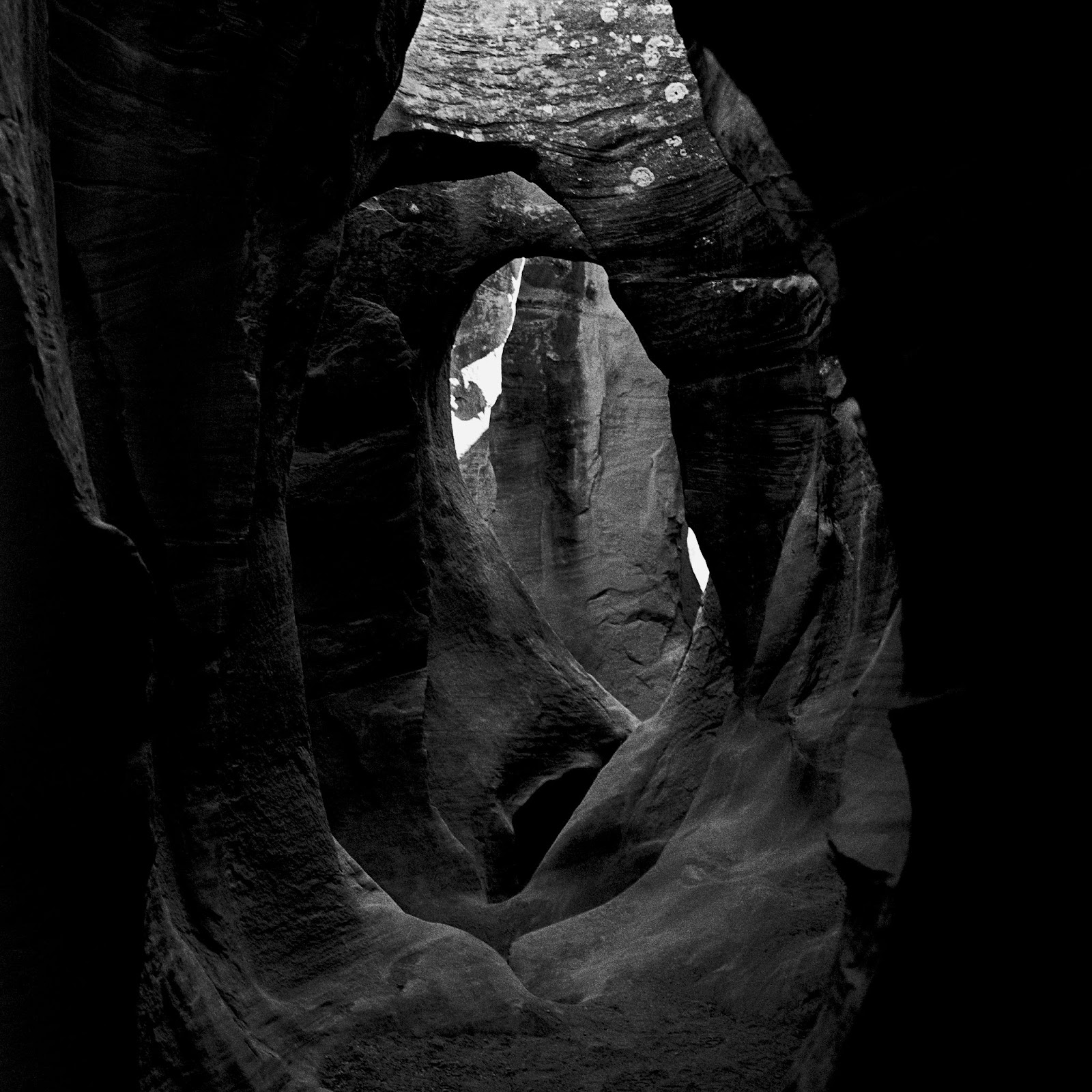
It is no wonder, then, that many fail to acknowledge this side of NFT art, given that the world often runs on cheap underpaid labour to fuel our material desires, be it through fast fashion or online shopping. Consumer culture often emphasises the material aspect of goods and services, leaving digital artists with the short end of the stick as consumers do not deem their work to have any material value.
Moreover, a discussion of art in economic terms ignores its often subjective nature. The value of art has always been something deeply personal and intangible, difficult to peg to any real world utility or dollar value. Being able to own an artwork allows people to appreciate and celebrate that connection to the work for what they think it is worth beyond a passive viewing. And while NFTs may not be physical, the blockchain nonetheless allows one to continue to tradition virtually, acting as a certificate of authenticity that cannot be tampered with.
“In other words, the blockchain gives digital art and artists value akin to that of their physical counterparts”, Liu said, “legitimising them in ways that were not previously possible”.
A Work In Progress
If there is anything most people get right about NFTs, it is that the space has much to improve upon. While NFTs offer a more democratic solution to the art world’s exclusivity, there still exist several barriers to entry that make it difficult for artists to enter the space.
For one, artists like Chai who are not familiar with crypto may find it difficult to even wrap their head around the ecosystem. “Crypto as a whole idea is really fascinating, but it can be hard to understand the jargon and terminologies that come with it”, she acknowledged. “I started with the intention of taking part in Obscura DAO’s ‘Who We Are’ collection, and before I knew it I was forced to understand how to transfer coins into Metamask, what ‘Gwei’ is, how a sale takes place, all in such a short time”.
Gas fees are still expensive on the Ethereum network, potentially reaching a few hundred dollars per transaction. Ethereum itself has also had to grapple with its environmental impact, making efforts to transition to a proof-of-stake system and become more eco-friendly with the development of ETH 2.0. These issues remain barriers to entry for newer artists, who may not have the same resources that more established artists have, or artists who have ethical concerns surrounding blockchain technology.

Yet, despite these issues, both artists acknowledge that the decentralised nature of the blockchain provides a sense of hope for the art world.
“It’s human nature to be resistant to change”, Chai said. “But rather than rejecting new technology entirely, perhaps we should advocate for technology to improve to better suit our needs, and through the process make the world a better place”.
Perhaps, if anything, instead of walking away without understanding, now is a better time than ever for investors and artists alike to shape the way the tech looks like early on in order to build the art world every creative dreams of and a truly free market for art. And maybe, finally, poetry and art will become a luxury the world can afford.




